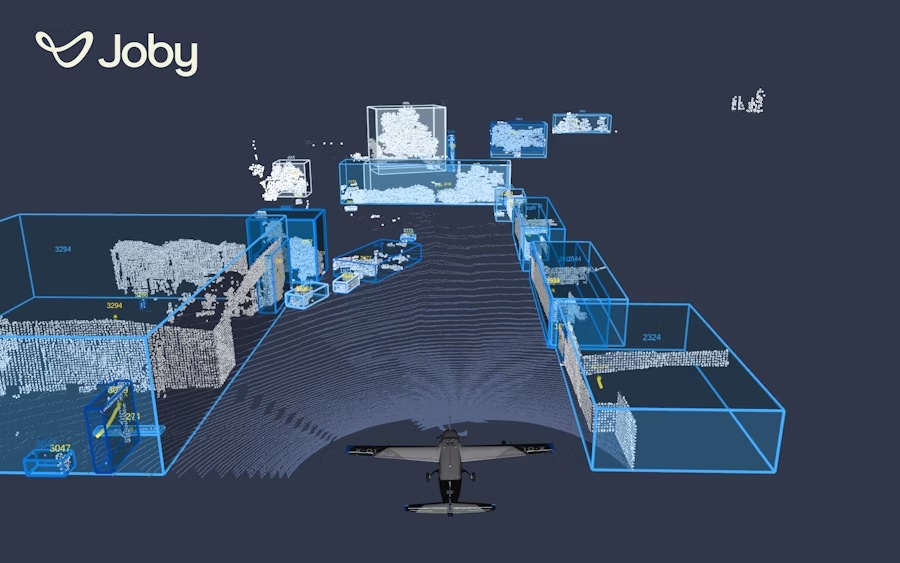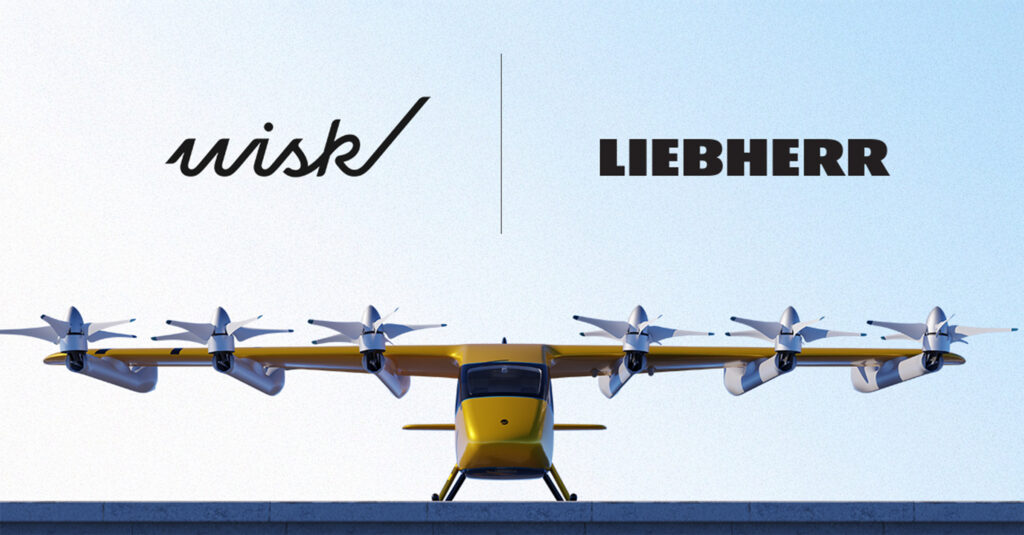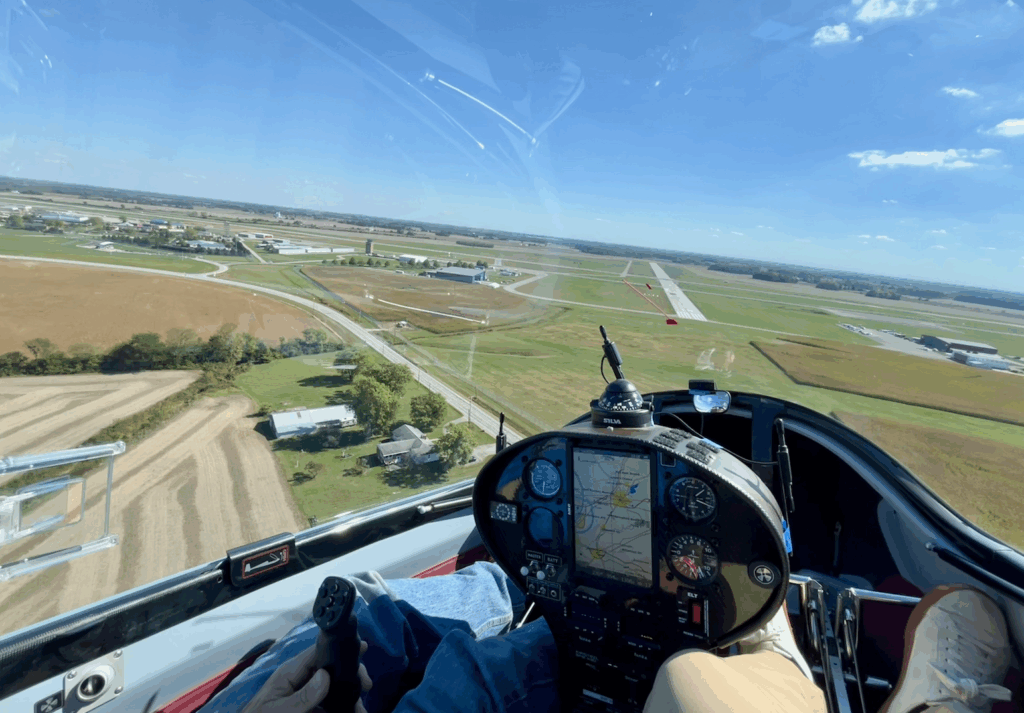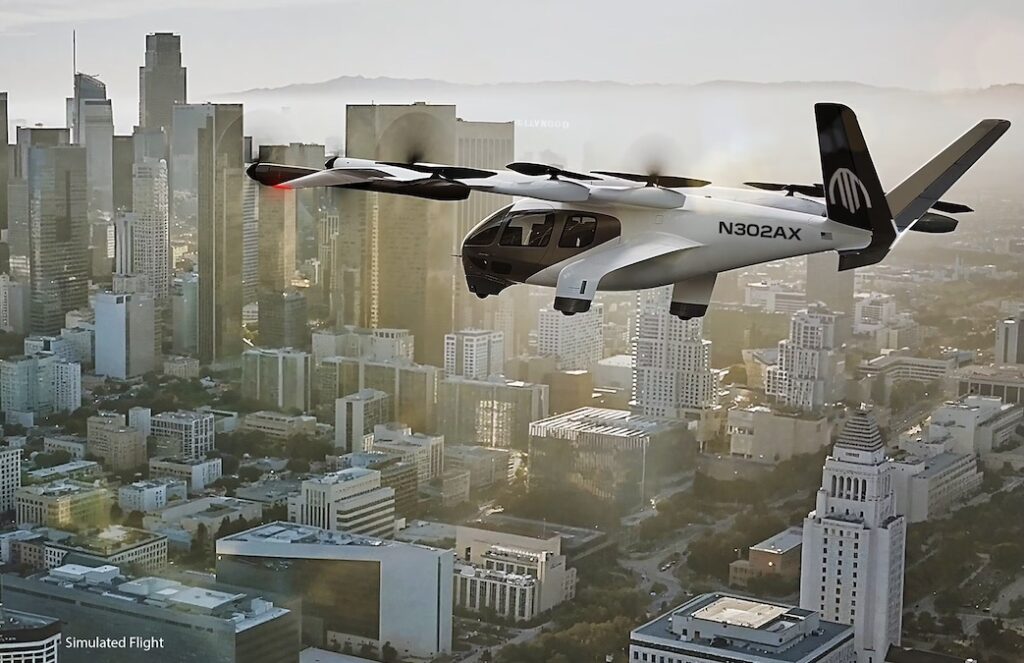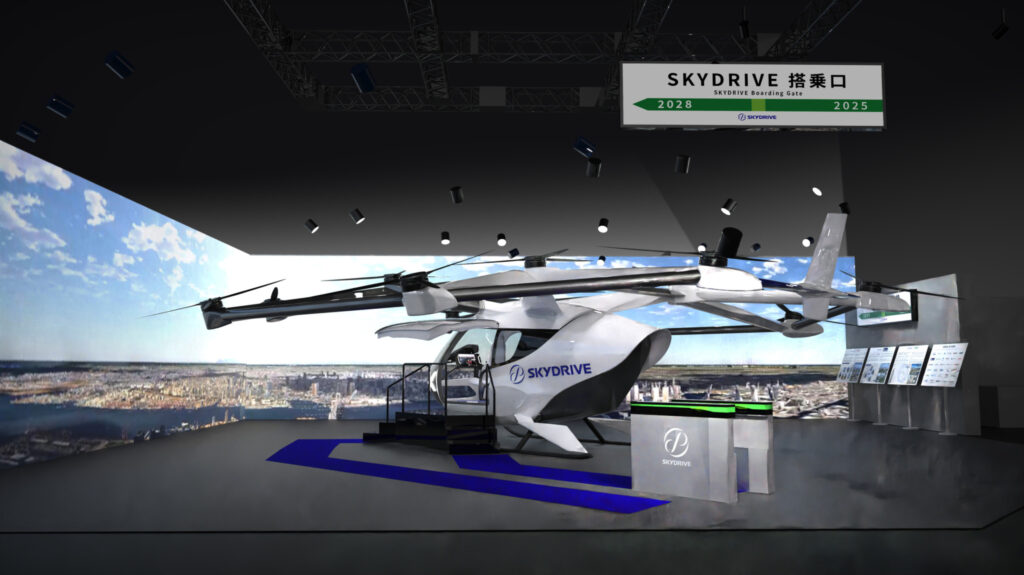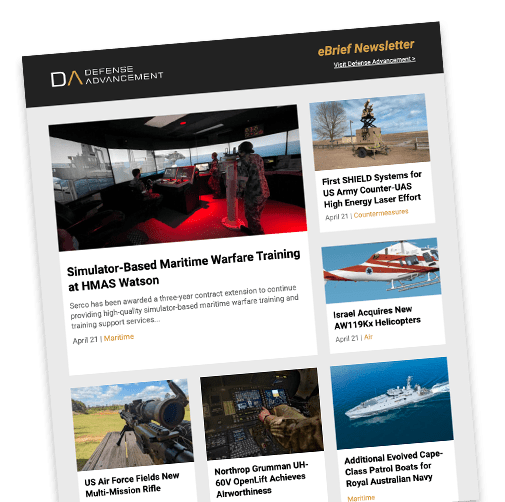
Vertical Aerospace (Vertical) has completed Phase 3 piloted wingborne flight testing of its full-scale VX4 prototype, which stably and effectively took off, flew, and landed like a conventional aircraft, generating lift with its wings.
During the wingborne phase, Chief Test Pilot Simon Davies and Test Pilot Paul Stone conducted flights in both direct (manual) and flight (computer-assisted) control modes. The VX4 performed exactly as it had in the simulator, confirming the aircraft’s design integrity and ease of handling.
Since completing its first piloted wingborne flight of a winged eVTOL in May 2025, the VX4 has exceeded expectations across test flights, covering 250 miles (400 km), reaching a top speed of 120 knots (222 km/h) and an altitude of 2,000 ft, and collecting over 22 billion data points.
These flights validated VX4’s aerodynamic models, acoustic performance, system reliability, and handling characteristics, with the quiet, low-power mode successfully demonstrated essential for making electric air travel practical, scalable, and economically viable.
Simon Davies, Chief Test Pilot, stated, “Paul Stone and I have had the privilege of flying this machine through its wingborne test phase. It’s been incredibly rewarding, with the aircraft performing just like the simulator during our first flights in open air space. With the high-quality data we’ve gathered and the ability to test at both high and low speeds, we are in the best possible place to explore transition with our proven tools and flight test team.”
Vertical secured approvals to conduct flight testing in open airspace by working closely with the UK Civil Aviation Authority (CAA), in collaboration with the European Union Aviation Safety Agency (EASA). The approval, an extension of its Permit to Fly, followed a rigorous review of safety and technical documentation.
The company will now enter its final test stage, transition, to demonstrate the VX4’s ability to shift seamlessly between vertical lift (“helicopter mode”) and wingborne flight (“airplane mode”). This defining feature of a tiltrotor eVTOL aircraft allows the aircraft to take off and land in a small space, the operating mode it will use in passenger service.
Stuart Simpson, CEO of Vertical Aerospace, commented, “Completing wingborne flight is a historic milestone for Vertical and the VX4. Each phase strengthens confidence among regulators, partners, and investors that our aircraft will meet the highest standards of safety and performance. Now we enter the most exciting stage: transition testing, demonstrating the mode the VX4 will use in passenger service.”
Vertical is progressing toward type certification in 2028, working in parallel with the CAA and EASA, with validation from other regulators to follow. The company has also appointed Patrick Ky, former Executive Director of EASA, to its Board.





